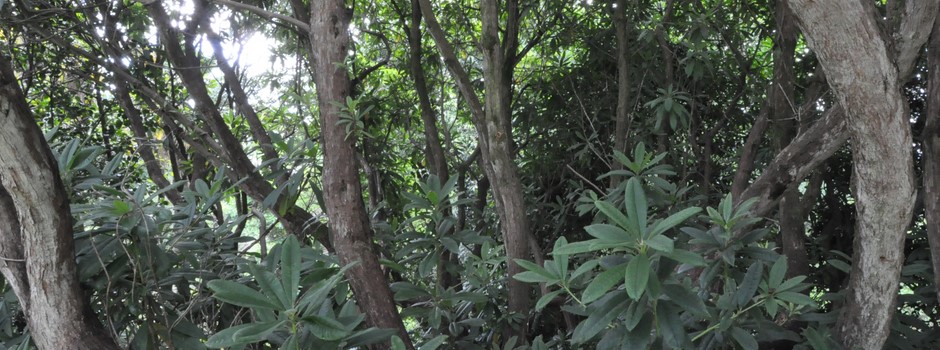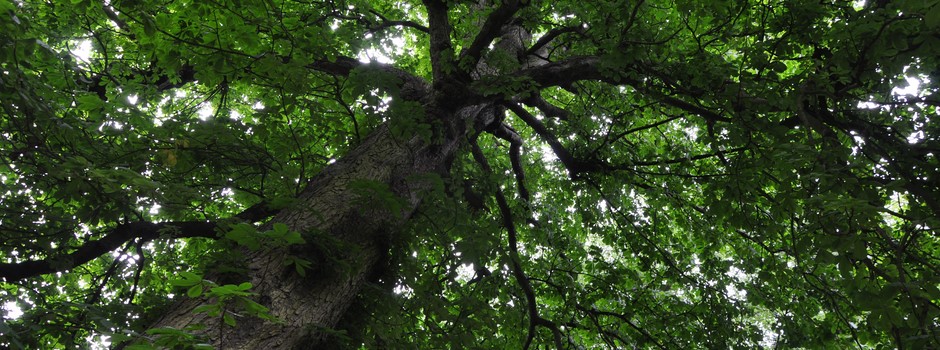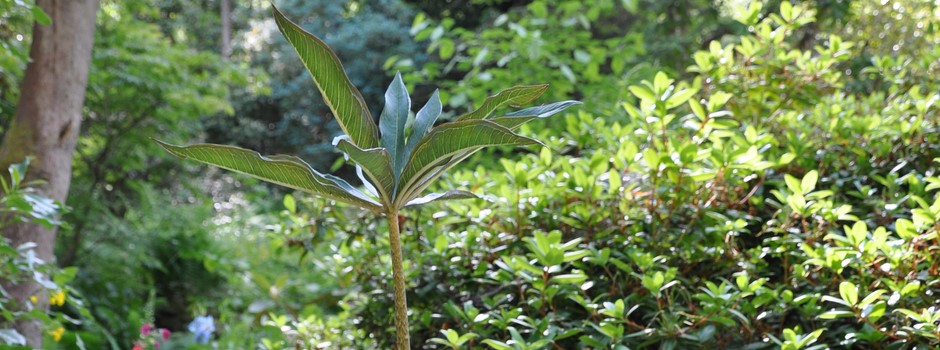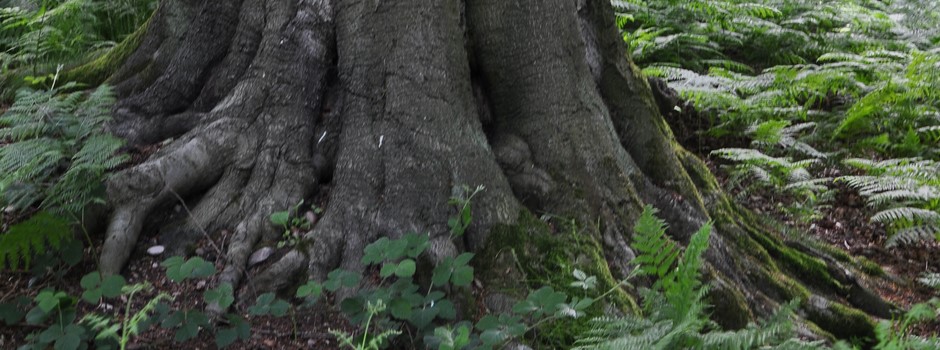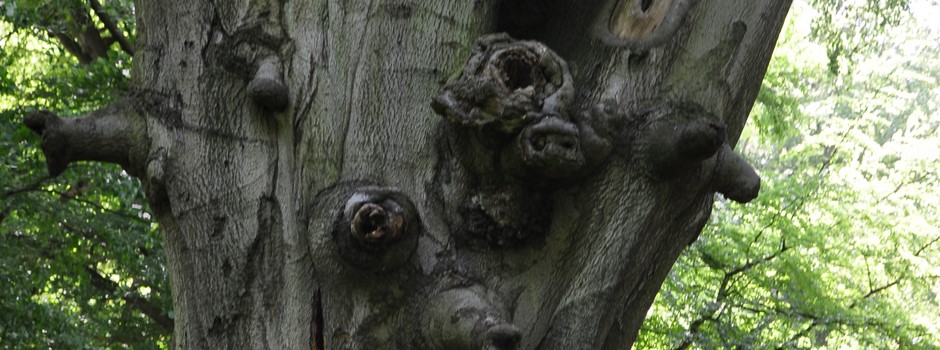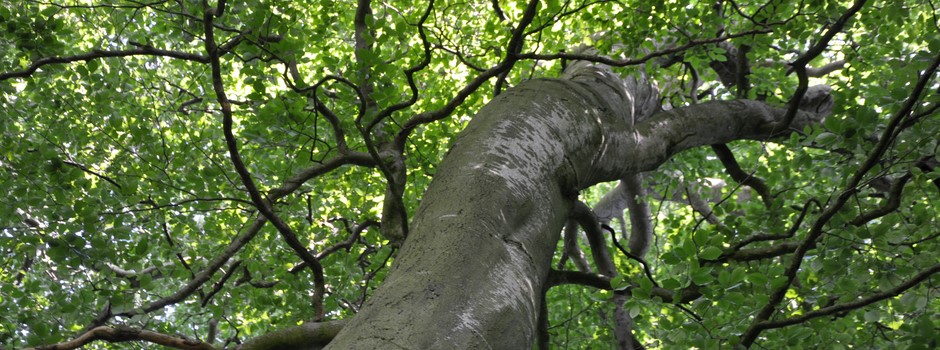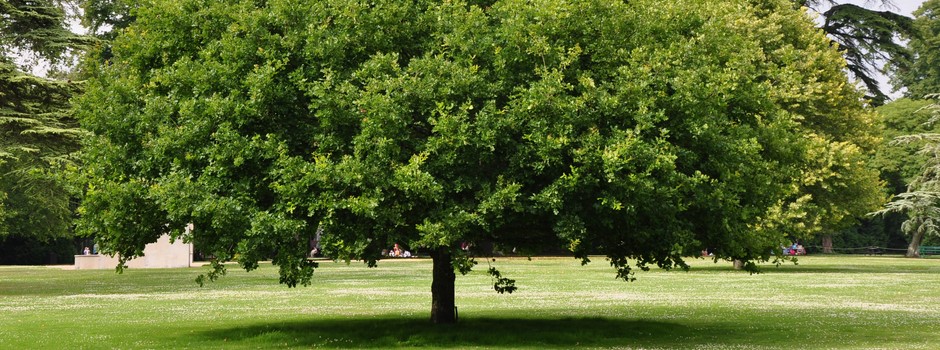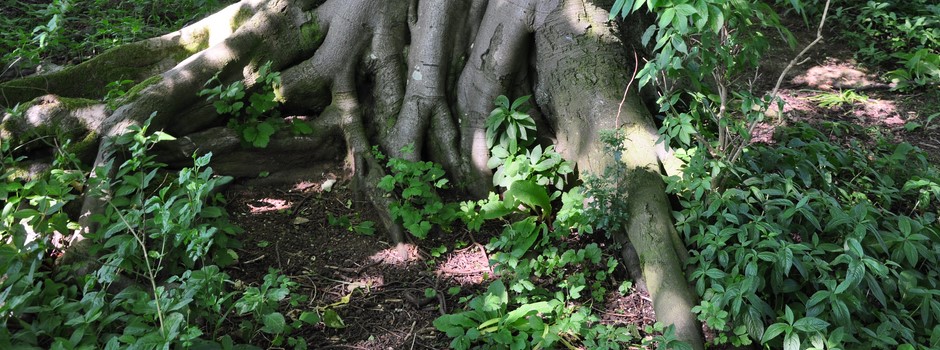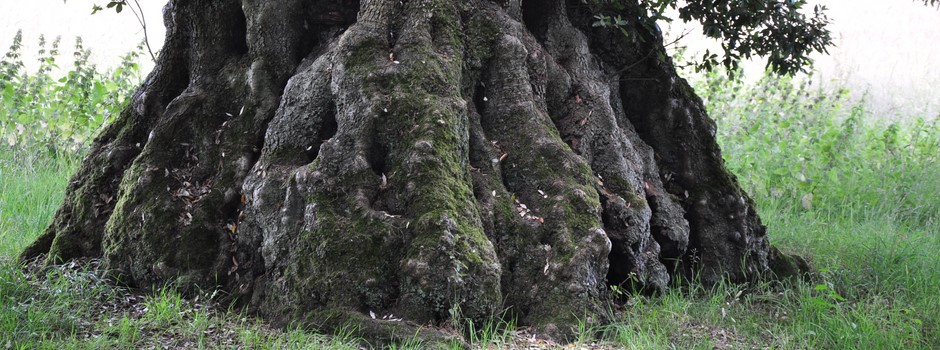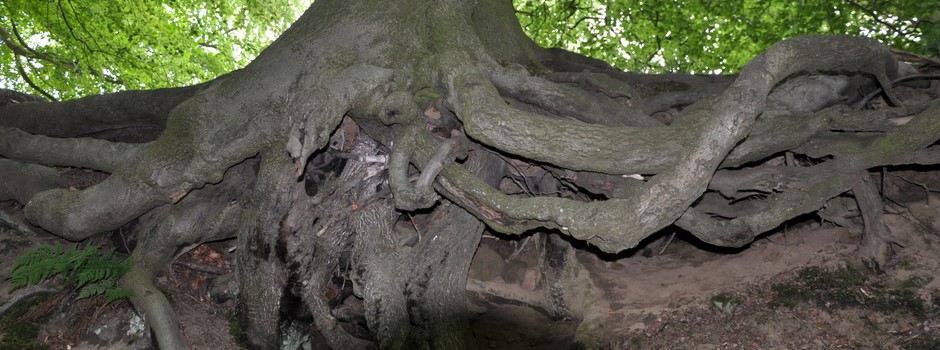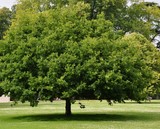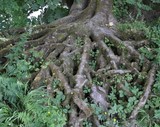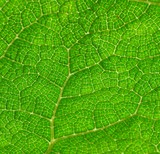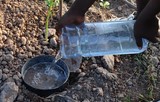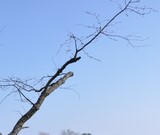Basics on the trees
Concentrate, producte and fertilize
Plants generaly and in particular trees have the incredible power of concentrating nutrients, water and carbon dioxide.
Roots are linked to soil life and webbed with microorganism such fungus. With this web roots take water and nutrients.
Leaves permit trees to concentrate carbon dioxide to assimil and make organic material.
Trees fertilize soil bringing at the surface nutrients present in depth, but absent at the surface because erosion or intensive farming.
They favour retention and percolation of the water because their symbiotic links with fungus and other microorganisms in the soil.
A tree produces a affluence of flowers and fruits without exhaust the soil. It feeds of all but without wrong the future.
In fact to make one kilogramme of dry matter, a tree absorbs carbon dioxide of 4000 m3! It filters and purifies our air .
In the begining...roots
We see better the overhead of the plant than its ground, but the ground part is more important for the functioning of the plant.
Roots connect water, soil and overhead part of the tree.
They have several important roles:
- Fixing of tree in soil
- Storage of reserves
- Running water and nutrients
- Formation of soil
- Filtration of pollution (nitrate, phosphate, chemicals, etc)
- Protection against erosion
- Percolation of water
There are two types of roots:
- woody roots (diameter of several millimeters to several decimeters) They increase volume of soil is explored and exploited by tree and store reserves.
- thin roots (diameter of one tenth to thousandth of meter)They absorb water and nutients and are in interactions with microorganisms and mycorhizes.
They are more thinner roots than woody, but they are more fragile. They live one season of vegetation, except for roots are becoming woody. These roots represent only 5 % of mass of roots, but 90% of total length (Kozlowski et Pallady, 1997).
Deep and spread-out roots allow to tree to draw better water and nutriments, besides they are protected of extreme temperatures. So in spring tree start again faster and will be more resistant to negative factors of environment.
Roots are connected with the life of soil, especially with mycorhizes, symbiotic mushrooms which help trees provide water and nutriments in exchange photosynthetic products. This symbiosis is fundamental, so we recommend to mycorhize young trees and to use compost for the plantion. It enables to optimize grow of young trees.
The leaves and the photosyhthesis
All trees use light as source of energy. Presents in leafs, chlorophyll permits to arrest this energy .
Leaves arrest too the carbon dioxide by stomates and receive water pump by roots. They elaborate with light, carbon dioxide and water, sugar will be dispatched in all plant.
So trees grow in height and in wide, in order to display better leaves in ordrer to produce and grow more.
A oak can have more 250 000 leaves!
The growth of tree is coordinate with water, carbon dioxide and nutriments availability. If water is getting rare, tree closes stomates, but will lack carbon. It lacks too nutriments because water transports them.
Most majority of superiors plants made photosynthesis, a group of biochemical reactions which break molecules of water and carbon dioxide to synthesize sugar molecules (organic matter of which depends Man).
Oxygen is the waste of the photosynthesis.
Photosynthesis reactions can be get only with plenty of water, nutriments, carbon dioxide and light.
These resources are available, but with low flux. There is why captors for these resources are gigantic.
"A young chestnut tree height of 8 meters has a total external area of 340 square meter; for a Epicea height of 12 meters, 530 square meter ( Plaidoyer pour l'arbre, Francis Hallé).With the same method for a tree with a height of 50 meters we obtain 1,25 hectare !!
If we calculate the inner area of exchanges for leaves cavities , we should multiply the external area by 30! The inner area opening is controlled by stomates.
According to plant physiological research, rooty area should be 130 times taller to the external surface, it does for a tree height of 50 meters, a external area of 37,5 hectare and a rooty area of 162,5 hectare, so a total of 200 hectares of exchange areas!
We understand better the effect of deforestation on the earth if we count the number of destroyed trees each year and which we evaluate at more 3 billions...
Regarding exchanges for leaves, most plants open theirs stomate ("door" under leaves) to make carbon dioxide open and in the same time, lose some water by transpiration.
So water, photosynthesis and grow are closely linked
We can think that ratio of 1 molecule of carbon dioxide fixed by photosynthesis for 500 molecules of water sweated and so lost is bad. But reason is that heat is controlled by transpiration: it eliminates excess of heat capted by the photosynthetic pigments.
Indeed plants can not protect themselves from the sun going to shadow.
Transpiration is essential for plant supplying in carbon. Carbon go by open stomates in, but plant loses water to leave stomates open...
We evaluate that a plant, at the hottest of summer, use 50% of energy getting to sweat.
Water and plants
Water is essential to plants. It compose until 90% of their mass (plants with flowers)
It is the vital solvent for biochemical reactions. It leads to transport photosynthetic sugar, nutrients, hormones and other substances from a cell to another. And last but not least photosynthesis use water: it is the oxygen of the water that is released into atmosphere by photosynthesis.
The water allows to fill the leaves and to arrest the light better.
Interesting numbers...
97% of water passes just through into the plant and is transpired by the plant.
2% is kept for the volume in growing.
1% is used for the photosynthesis.
If a plant has been short of water, growing and so productivity drops, this correlation is well knew.
The water allows to tree to control its temperature by transpiration, if not, the tree heats up and closes its stomates, stops the photosythesis and produces less...
If the drought stress continues, the tree uses its reserves and shoot CO2.
The drought stress
For a tree, there is two types of drought stress.
- If water is too abundant, roots decays. Tree haven't water and die.
- If water is rare, plant closes its stomates. Exchanges necessary to photosynthesis are stopped, tree can not do photosynthesis and doesn't produce.
If water isn't available in soil, transpiration is bigger as absorption.
This drought stress induces a drop in photosynthetic productivity and can even damage seriously tree. The air seeding (equivalent to embolism by animals) can become. So with tension between losing water and absorbing water , column of water between roots and leaves can be damaged and air bulls can appeared. These vessels are lost for plants and can lead to death of tree if air seeding becomes widespread.
This phenomenon is favored by high transpiration, so when weather is hot and dry, but too when water isn't available in soil.
In case of prolonged dryness, plants will lose their biomass and emit carbon: vegetation dies and increases global warming.
